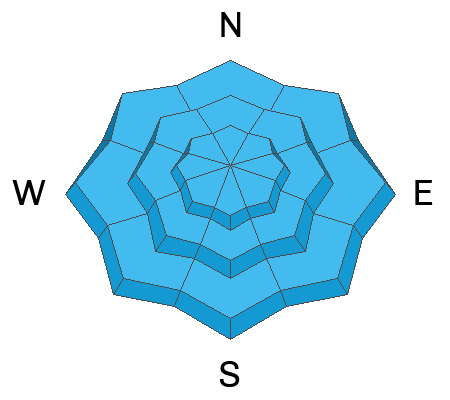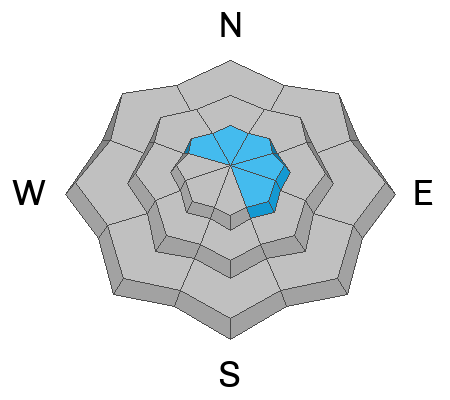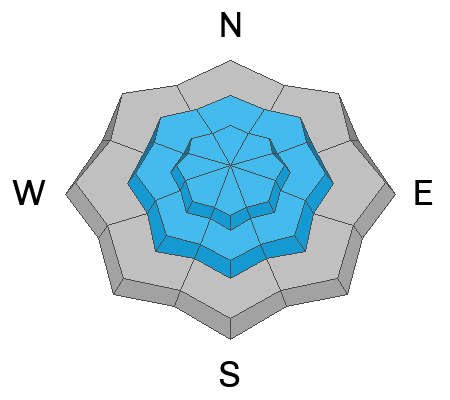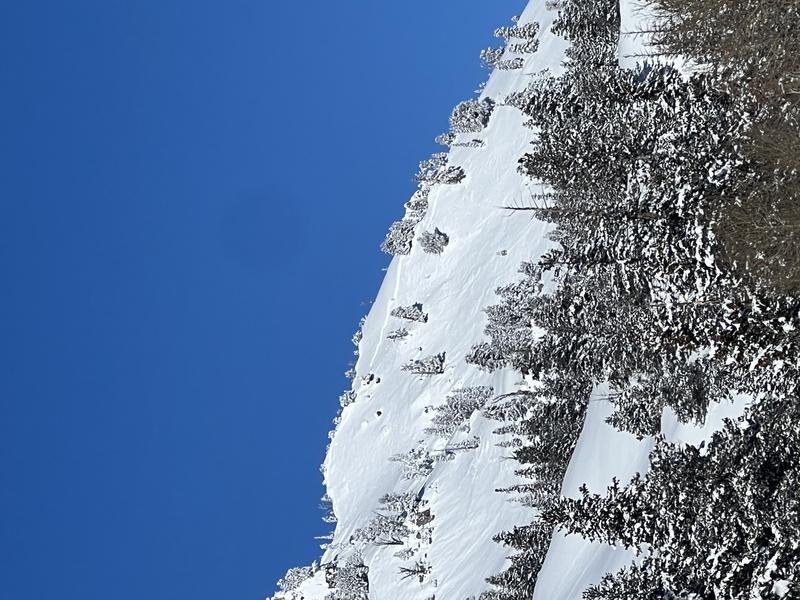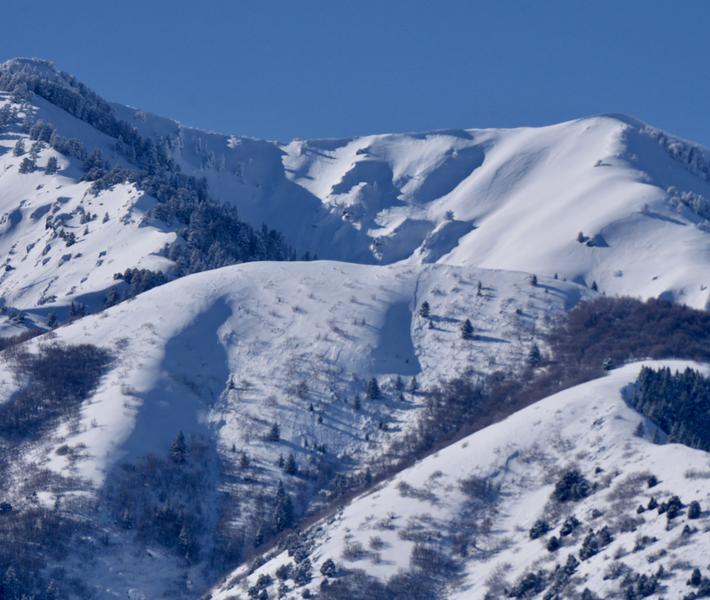Forecast for the Logan Area Mountains

Issued by Toby Weed on
Tuesday morning, January 31, 2023
Tuesday morning, January 31, 2023
There is CONSIDERABLE danger at upper elevations on slopes facing northwest through southeast. People are likely to trigger slab avalanches of wind drifted snow 3 to 4 feet thick failing on a buried persistent weak layer. The danger is MODERATE on south and west facing slopes and at mid elevations where human triggered wind slab and loose avalanches remain possible on slopes steeper than about 30°. The snow is mostly stable at lower elevations.
- Careful snowpack evaluation, cautious route finding, and conservative decision making are required for safe travel in avalanche terrain.

Low
Moderate
Considerable
High
Extreme
Learn how to read the forecast here


